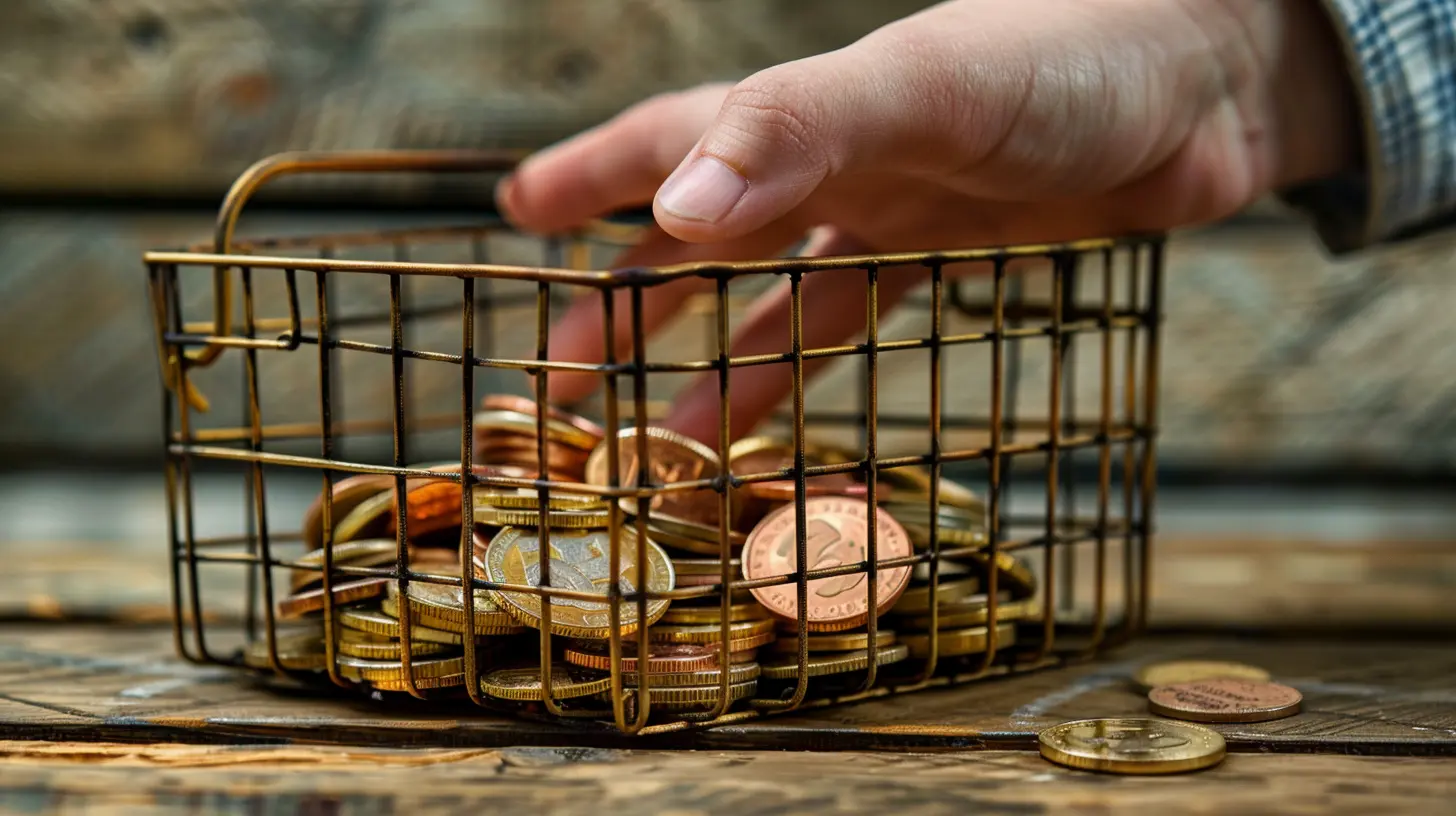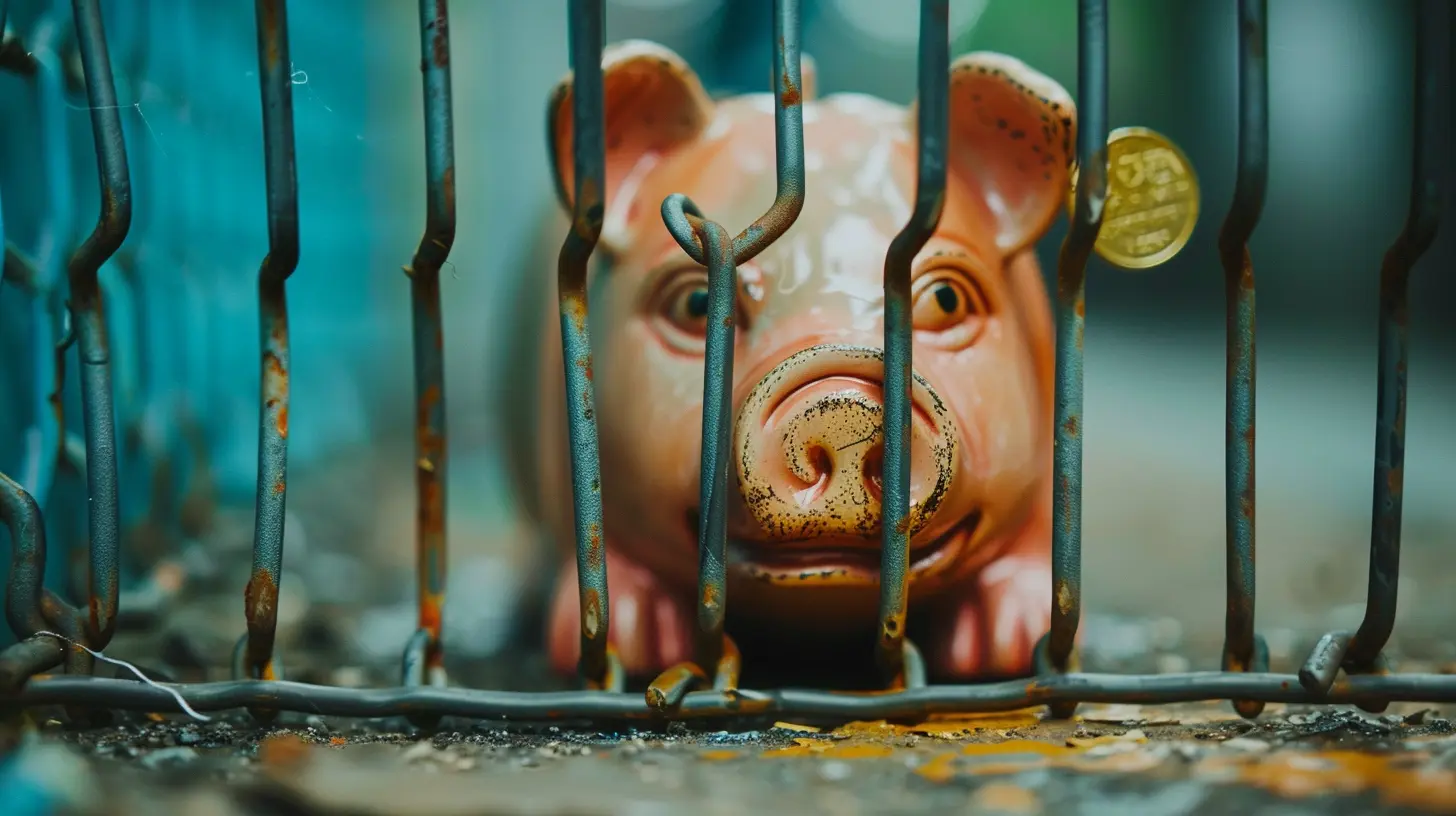The Psychological Trap of Minimum Payments
2 October 2025
Credit cards can be a lifesaver in a pinch, offering flexibility and convenience when we need it most. But lurking beneath that convenience is a deceptive little trick—minimum payments. They seem harmless, even helpful, but in reality, they can keep you stuck in a cycle of debt for years. Ever wondered why it's so easy to keep paying just the minimum and carrying a balance month after month? Let’s dive deep into the psychological trap of minimum payments and how they manipulate our financial decisions.

What Are Minimum Payments?
Before we dig into the psychological side, let’s quickly define what we’re talking about. A minimum payment is the smallest amount your credit card issuer requires you to pay each month to keep your account in good standing. Typically, it’s a small percentage of your total balance or a flat fee (whichever is greater).On the surface, paying just a little each month sounds manageable, right? But here’s where the real problem begins. 
How Minimum Payments Keep You Trapped
1. The Illusion of Progress
Paying the minimum tricks your brain into thinking you're making progress. You see the statement, make the payment, and assume you're handling your debt responsibly. But in reality, you're barely covering interest—leaving the actual balance to linger.Imagine you're trying to empty a swimming pool with a tiny cup. You’re scooping water out, but the faucet is still running. That’s exactly what happens when you pay only the minimum while interest piles up.
2. The Comfort Zone Bias
Humans naturally prefer the path of least resistance. When given an easy option (like paying less now), most of us take it. Credit card issuers know this psychological tendency and use it to their advantage. The numbers are set low enough to seem reasonable but high enough to rake in major profits.Your brain sees the minimum payment as "good enough," leading you to delay tackling the full balance. Before you know it, months (or years) have gone by, and your debt hasn’t moved much.
3. The Anchoring Effect
Ever noticed how your eyes immediately go to the minimum payment amount on your statement? That’s not a coincidence—it's a psychological trick called the anchoring effect.The first number you see influences your perception. If your total balance is $5,000 but the minimum payment is $25, your brain latches onto the smaller number, making the debt seem less overwhelming than it actually is.
This subtle manipulation encourages you to think paying the minimum is enough when, in reality, it keeps you trapped in a long-term financial drain.
4. The "I’ll Pay More Next Month" Lie
We all have a little internal optimist telling us, "Next month, I’ll pay more." But life happens—unexpected expenses pop up, and that “extra payment” keeps getting postponed.Credit card companies rely on this delay. The longer you carry a balance, the more interest they collect. Paying the minimum may feel like buying time, but really, it’s just increasing your long-term cost. 
How Much Is It REALLY Costing You?
Let’s put some real numbers into perspective.Imagine you have a $5,000 balance on a credit card with an 18% interest rate and a minimum payment of 2% of the balance (or $25, whichever is greater).
- If you pay only the minimum, it could take 25+ years to pay off!
- You’d end up paying over $11,000 due to interest—more than double what you originally borrowed.
That’s like buying a $5,000 vacation but paying for two and a half of them! Doesn’t seem like a great deal, right? 
Breaking Free from the Minimum Payment Trap
Now that you see the trap, how do you escape it?1. Pay More Than the Minimum (Even If It’s Just a Little)
Even adding an extra $20, $50, or $100 to your monthly payment can shave years off your repayment time and save you thousands in interest.2. Use the Snowball or Avalanche Method
- Snowball Method: Pay off your smallest debts first for quick wins and motivation.- Avalanche Method: Focus on the highest interest debt first to save the most money.
Either approach helps you systematically eliminate debt instead of just chipping away slowly.
3. Automate Extra Payments
Set up an automatic additional payment each month to ensure you're always paying more than the minimum. This takes out the temptation of paying only what's required.4. Balance Transfers or Lower Interest Options
If your credit score allows, consider a 0% APR balance transfer card or a low-interest personal loan to consolidate your debt and reduce the amount you're paying in interest.5. Change Your Mindset About Credit
Instead of seeing credit cards as a way to afford things now and worry later, view them as short-term tools that must be paid in full each month. The mindset shift from "what’s the minimum I can pay?" to "how fast can I clear this?" is a game-changer.Final Thoughts: Take Control of Your Finances
Minimum payments may seem like a helpful option, but in reality, they’re a psychological trap designed to benefit credit card companies more than you. They keep you in debt longer, cost you more, and trick your brain into feeling financially responsible when, in reality, you're just treading water.Breaking free starts with awareness. Now that you understand the trap, it’s time to take action. Start paying more than the minimum, rethink how you use credit, and prioritize eliminating debt. The sooner you do, the sooner you'll regain control of your financial future.
all images in this post were generated using AI tools
Category:
Debt ManagementAuthor:

Julia Phillips
Discussion
rate this article
1 comments
Zinn Kearns
The allure of minimum payments can be deceptive, luring consumers into a false sense of security. This psychological trap can lead to prolonged debt cycles and increased interest costs. Understanding the long-term implications of such choices is crucial for achieving financial freedom and stability.
October 18, 2025 at 12:12 PM


